Home>Furniture & Design>Interior Design Trends>How To Fog Glass
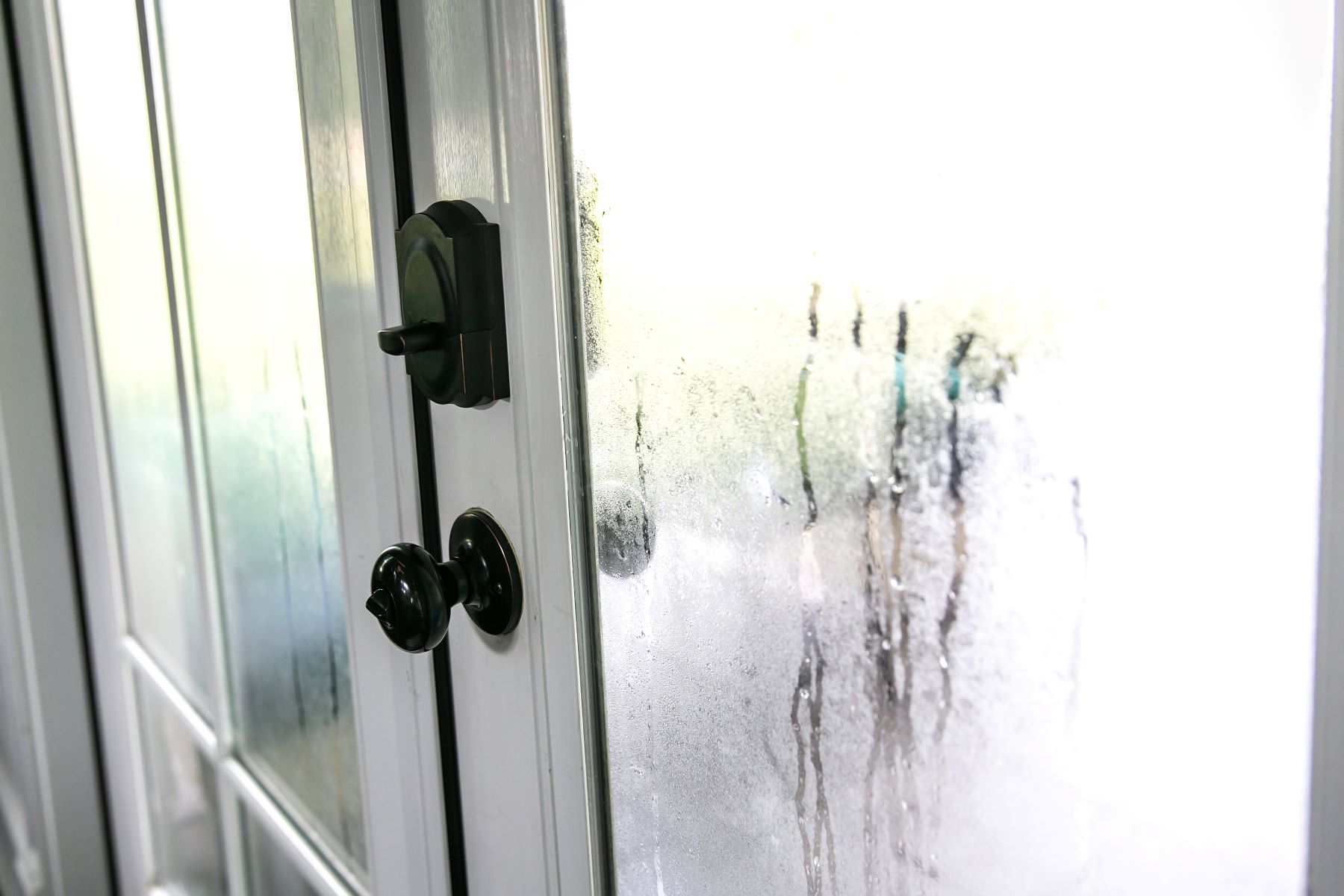

Interior Design Trends
How To Fog Glass
Modified: February 18, 2024
Learn how to fog glass to add a touch of elegance to your interior design. Explore the latest interior design trends and elevate your space.
(Many of the links in this article redirect to a specific reviewed product. Your purchase of these products through affiliate links helps to generate commission for Storables.com, at no extra cost. Learn more)
Introduction
Fogged glass can be a persistent annoyance, obstructing the clarity and beauty of windows, shower doors, and mirrors. Whether it's the result of temperature differentials, humidity, or condensation, fogging can detract from the aesthetic appeal of glass surfaces. However, with the right techniques and materials, it's possible to achieve and maintain crystal-clear glass.
In this comprehensive guide, we will delve into the art of fogging glass, providing you with valuable insights and practical tips to ensure that your glass surfaces remain free from fog. From understanding the science behind fogging to the step-by-step process of fogging glass, we will equip you with the knowledge and tools necessary to tackle this common issue.
By the end of this guide, you will have a clear understanding of the factors contributing to fogged glass, the materials and tools required for fogging, and a detailed, easy-to-follow process for achieving and maintaining fog-free glass. Let's embark on this journey to transform your glass surfaces and elevate the visual appeal of your living spaces.
Key Takeaways:
- Say goodbye to foggy glass! Understand the science, gather the right materials, and follow the step-by-step guide to achieve and maintain crystal-clear glass surfaces. It’s a journey to clarity and beauty!
- Keep your glass fog-free with regular cleaning, gentle care, and controlled environments. By following these maintenance tips, you can enjoy enduring clarity and a visually appealing environment.
Read more: How To Clean Fogged Glass
Understanding the Science of Fogging
Fogging occurs when moisture in the air comes into contact with a surface that has a lower temperature than the dew point of the air. This phenomenon is particularly common on glass surfaces due to their thermal conductivity and the temperature differentials they experience. When warm, moist air encounters a cool glass surface, the moisture in the air condenses into tiny droplets, creating the characteristic foggy appearance.
The science behind fogging is rooted in the principles of thermodynamics and humidity. Glass surfaces, being relatively cold compared to the surrounding air, cause the moisture in the air to transition from an invisible vapor to visible water droplets. This process is akin to the formation of dew on grass in the early morning or the mist that appears on bathroom mirrors after a hot shower.
Understanding the science of fogging is crucial for effectively addressing this issue. By comprehending the environmental and temperature-related factors that contribute to fogged glass, individuals can implement targeted strategies to mitigate or prevent this occurrence. Factors such as indoor humidity levels, temperature differentials, and air circulation all play a role in the formation of fog on glass surfaces.
Moreover, the type of glass and its thermal properties also influence the extent of fogging. Single-pane windows, for instance, are more prone to fogging than double-pane windows due to their lower insulation capabilities. Additionally, the presence of any imperfections or residues on the glass surface can exacerbate fogging, as they provide sites for moisture to condense and accumulate.
By gaining insight into the underlying science of fogging, individuals can make informed decisions regarding the methods and materials they employ to address this issue. Armed with this knowledge, they can effectively combat fogging and maintain the clarity and visual appeal of their glass surfaces.
Materials and Tools Needed
To embark on the journey of fogging glass, you will need a selection of materials and tools to ensure a successful and efficient process. These items are essential for preparing the glass surface, applying the fogging solution, and maintaining the clarity of the glass over time. Here's a comprehensive list of the materials and tools required:
Materials:
-
Glass Cleaner: A high-quality glass cleaner is essential for thoroughly cleaning the glass surface before fogging. This ensures the removal of any dirt, grime, or residues that could interfere with the fogging process.
-
Microfiber Cloth: Utilize a soft, lint-free microfiber cloth for cleaning and drying the glass surface. This type of cloth minimizes the risk of leaving behind lint or streaks, resulting in a pristine glass surface.
-
Fogging Solution: Choose a specialized fogging solution designed for glass surfaces. These solutions are formulated to create a durable and long-lasting fog-resistant coating on the glass, providing optimal clarity and visibility.
-
Protective Gloves: When handling the fogging solution, it's advisable to wear protective gloves to safeguard your skin and prevent direct contact with the solution.
-
Masking Tape: Masking tape is useful for protecting surrounding areas or surfaces from unintentional contact with the fogging solution. It helps create clean and precise boundaries for the fogging process.
-
Ventilation: Adequate ventilation is crucial during the fogging process to ensure the safe dispersal of fumes and vapors from the fogging solution. Open windows or use fans to promote air circulation in the area.
Tools:
-
Spray Bottle or Applicator: A spray bottle or applicator is essential for applying the fogging solution evenly onto the glass surface. This tool facilitates controlled and uniform coverage, ensuring an effective fog-resistant coating.
-
Razor Blade or Scraper: In cases where the glass surface has stubborn residues or imperfections, a razor blade or scraper can be used to gently remove these obstacles before applying the fogging solution.
-
Squeegee: A squeegee is beneficial for evenly spreading and removing excess fogging solution from the glass surface. It aids in achieving a smooth and uniform coating, contributing to the overall clarity of the glass.
-
Lint-Free Cloths: Additional lint-free cloths are handy for buffing and polishing the glass surface after the fogging solution has been applied. These cloths help ensure a flawless and streak-free finish.
By assembling these materials and tools, you will be well-equipped to initiate the fogging process and transform your glass surfaces into durable, fog-resistant showcases of clarity and beauty.
Read more: What Is A Fog Lamp
Step-by-Step Guide to Fogging Glass
-
Prepare the Glass Surface: Begin by thoroughly cleaning the glass surface using a high-quality glass cleaner and a microfiber cloth. Ensure that all dirt, grime, and residues are removed, leaving the surface impeccably clean and ready for the fogging process.
-
Protect Surrounding Areas: Use masking tape to safeguard surrounding areas or surfaces from unintentional contact with the fogging solution. This step ensures that the fogging process remains contained and precise, preventing any unintended application of the solution.
-
Apply the Fogging Solution: With the glass surface prepared and protected, it's time to apply the fogging solution. Using a spray bottle or applicator, evenly distribute the fogging solution across the glass surface. Ensure thorough coverage, and pay attention to achieving a uniform coating for optimal fog resistance.
-
Buff and Polish: After applying the fogging solution, use lint-free cloths to buff and polish the glass surface. This step helps to remove any excess solution and ensures a flawless, streak-free finish. The glass should now exhibit a smooth and clear appearance, ready to resist fogging effectively.
-
Final Inspection: Once the fogging solution has been applied and the glass surface polished, conduct a final inspection to ensure that the coating is uniform and free from imperfections. Address any areas that may require additional attention to guarantee consistent fog resistance across the entire surface.
-
Allow for Proper Drying: Allow the fogging solution to dry completely according to the manufacturer's instructions. Adequate drying time is essential for the solution to form a durable and long-lasting fog-resistant coating on the glass surface.
-
Maintain Ventilation: Throughout the drying process, maintain adequate ventilation in the area to facilitate the safe dispersal of any fumes or vapors from the fogging solution. This step contributes to a safe and comfortable environment during and after the fogging process.
By following this step-by-step guide, you can effectively fog glass surfaces, creating a durable and long-lasting fog-resistant coating. This process not only enhances the clarity and visual appeal of the glass but also contributes to a more enjoyable and aesthetically pleasing environment.
To prevent fogging on glass, apply a small amount of dish soap or shaving cream and buff it in. This creates a thin layer that prevents condensation.
Tips for Maintaining Fog-Free Glass
Maintaining fog-free glass involves proactive measures to preserve the clarity and visibility of glass surfaces over time. By implementing the following tips, you can ensure that your fog-resistant coating remains effective and that your glass surfaces continue to exude a pristine appearance.
-
Regular Cleaning: Consistent cleaning of fog-resistant glass surfaces is essential for preserving their effectiveness. Use a mild glass cleaner and a soft, lint-free cloth to remove any accumulated dirt, dust, or residues. Regular cleaning prevents the buildup of contaminants that could compromise the fog-resistant coating.
-
Gentle Care: When cleaning fog-resistant glass, avoid abrasive materials or harsh chemicals that could diminish the effectiveness of the fog-resistant coating. Opt for gentle cleaning methods to maintain the integrity of the coating and prolong its fog-resistant properties.
-
Avoid Abrasive Tools: Refrain from using abrasive tools or materials that could scratch or damage the fog-resistant coating. When addressing stubborn residues or imperfections, opt for non-abrasive cleaning tools and techniques to safeguard the longevity of the fog-resistant coating.
-
Periodic Maintenance: Periodically assess the condition of fog-resistant glass surfaces and address any signs of wear or degradation in the coating. If necessary, consider reapplying the fogging solution to ensure continued fog resistance and optimal clarity.
-
Controlled Environment: Maintain a controlled indoor environment to minimize temperature differentials and humidity fluctuations, which can contribute to fogging. Consistent temperature and humidity levels help preserve the effectiveness of the fog-resistant coating on glass surfaces.
-
Ventilation Management: Proper ventilation in areas with fog-resistant glass surfaces is crucial for preventing the buildup of moisture and maintaining optimal clarity. Adequate airflow helps mitigate the potential for condensation and ensures the ongoing effectiveness of the fog-resistant coating.
-
Avoid Direct Contact: Be mindful of preventing direct contact with fog-resistant glass surfaces, especially in high-traffic areas. Minimizing physical contact helps preserve the integrity of the fog-resistant coating and reduces the risk of inadvertent damage.
By incorporating these tips into your maintenance routine, you can prolong the effectiveness of fog-resistant glass surfaces and enjoy enduring clarity and visibility. These proactive measures contribute to a consistently clear and aesthetically pleasing environment, enhancing the overall appeal of your living or working spaces.
Conclusion
In conclusion, the art of fogging glass encompasses a blend of scientific understanding, meticulous preparation, and proactive maintenance. By comprehending the underlying principles of fogging and the factors contributing to this phenomenon, individuals can employ targeted strategies to achieve and maintain fog-free glass surfaces. The application of a fog-resistant coating not only enhances the clarity and visual appeal of glass but also contributes to a more enjoyable and aesthetically pleasing environment.
The step-by-step process of fogging glass, from surface preparation to the application of the fogging solution, empowers individuals to transform their glass surfaces into durable showcases of clarity. By adhering to best practices and utilizing the necessary materials and tools, the fogging process becomes a seamless and rewarding endeavor. Furthermore, the incorporation of maintenance tips ensures the longevity and effectiveness of fog-resistant glass, allowing individuals to enjoy enduring clarity and visibility.
Ultimately, the journey of fogging glass is a testament to the transformative power of proactive maintenance and targeted solutions. By embracing the science of fogging, individuals can elevate the visual appeal of their living and working spaces, creating environments that exude clarity and aesthetic allure. With a comprehensive understanding of fogging glass and the practical techniques outlined in this guide, individuals are equipped to embark on a journey of clarity, transforming fogged glass surfaces into enduring testaments of pristine beauty.
Frequently Asked Questions about How To Fog Glass
Was this page helpful?
At Storables.com, we guarantee accurate and reliable information. Our content, validated by Expert Board Contributors, is crafted following stringent Editorial Policies. We're committed to providing you with well-researched, expert-backed insights for all your informational needs.
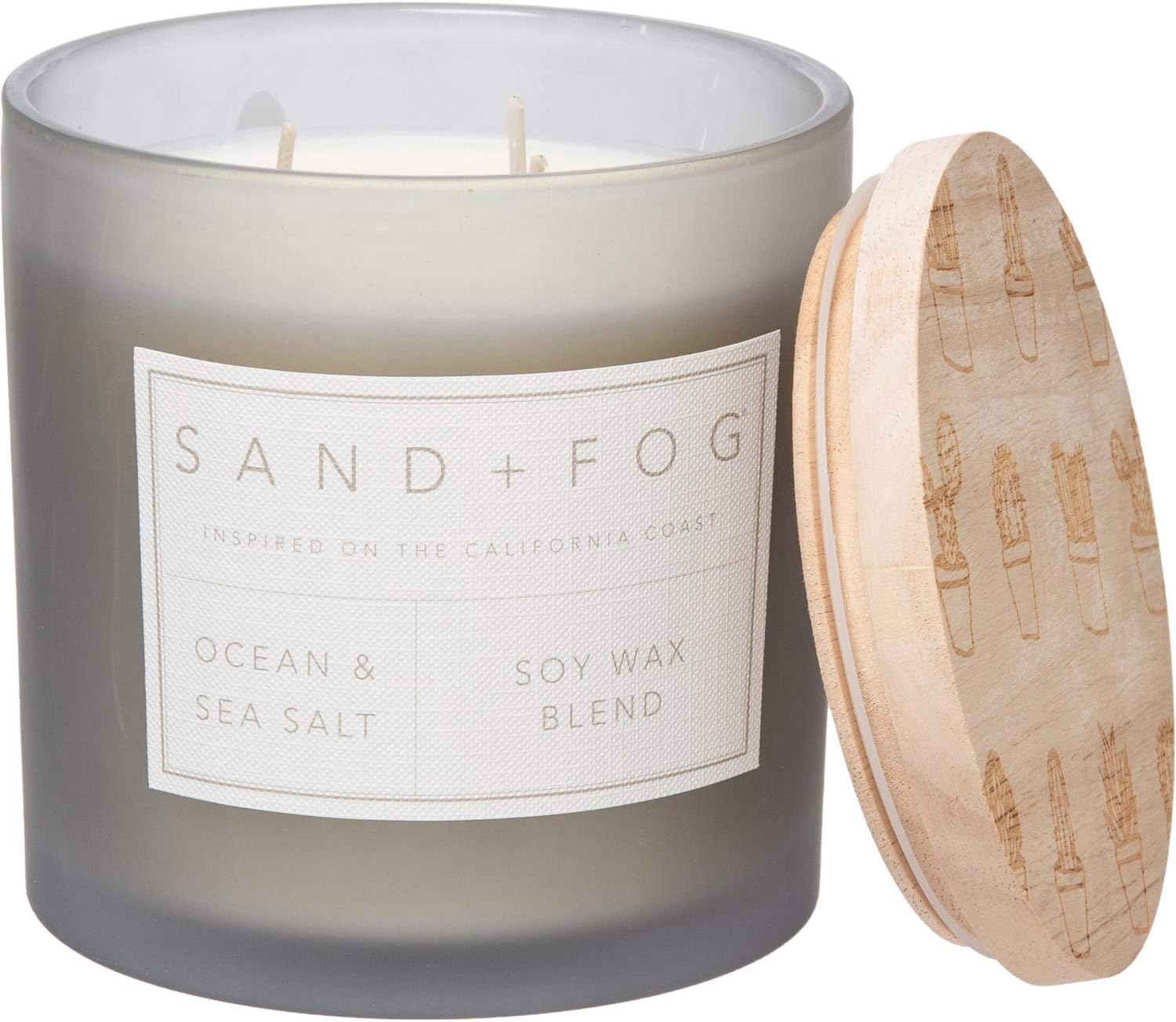
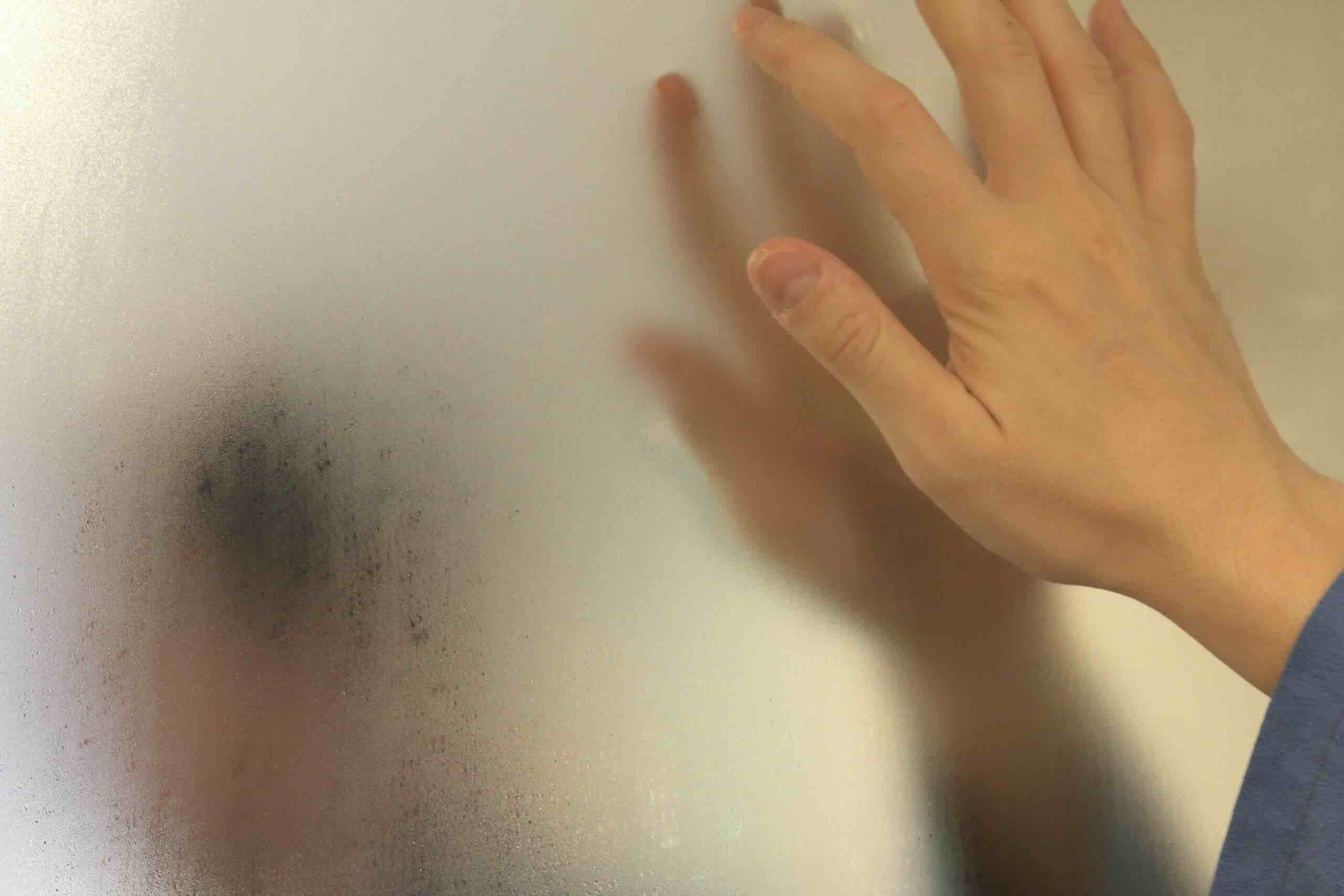

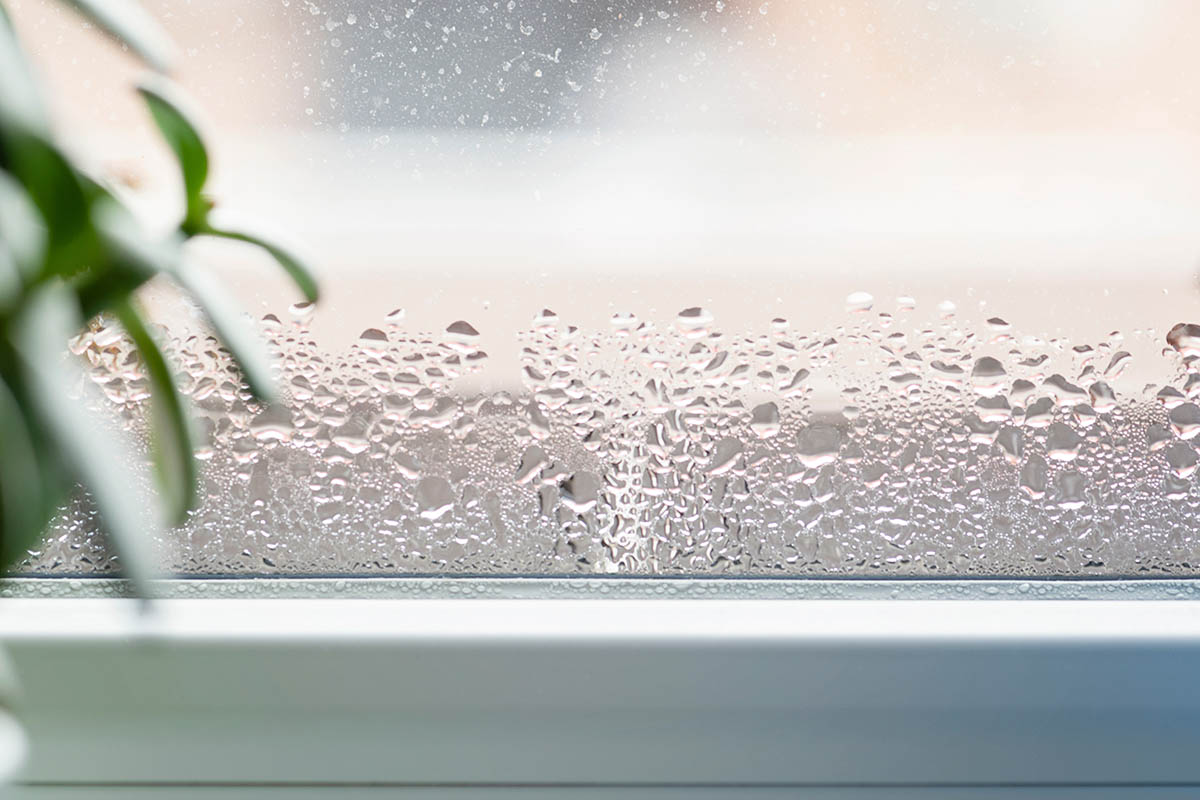
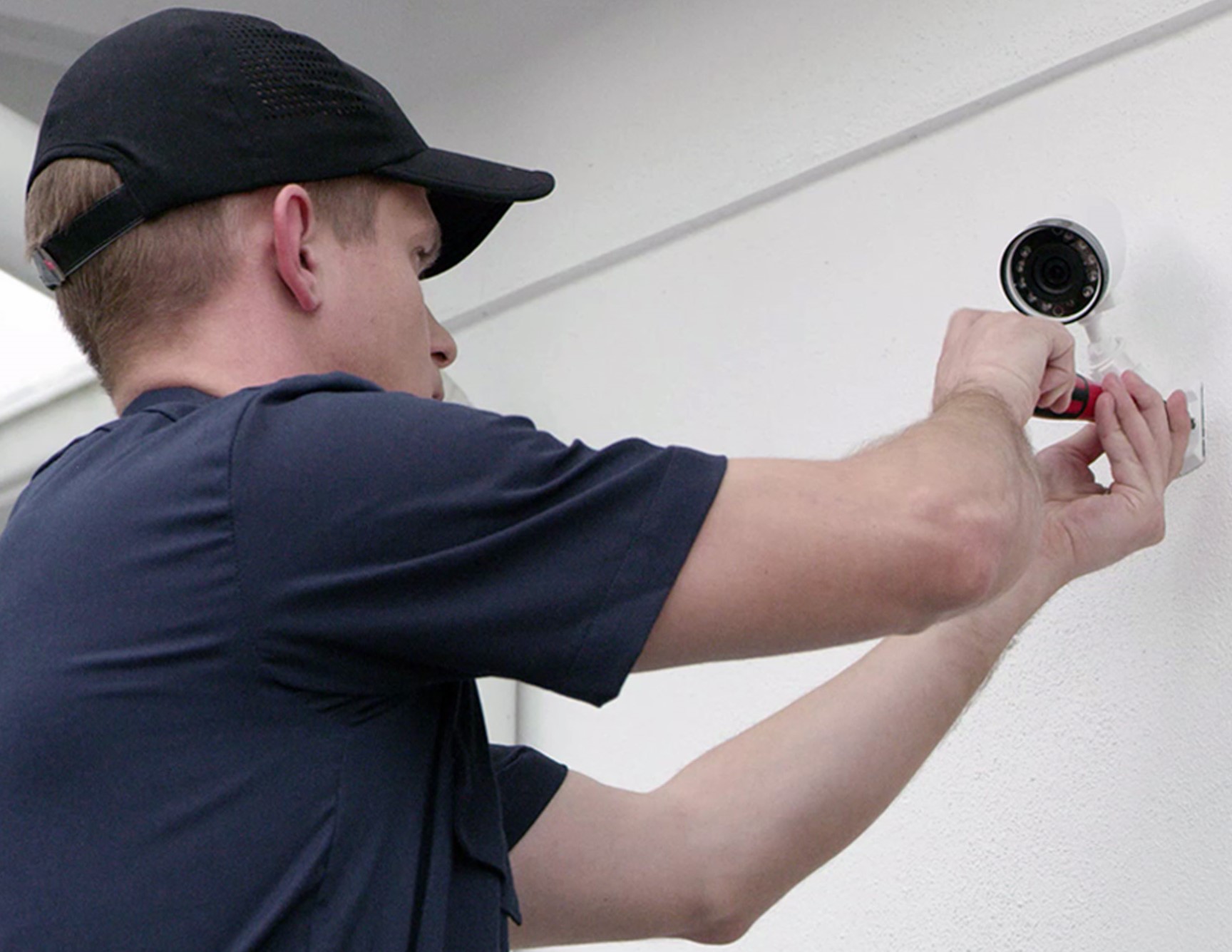
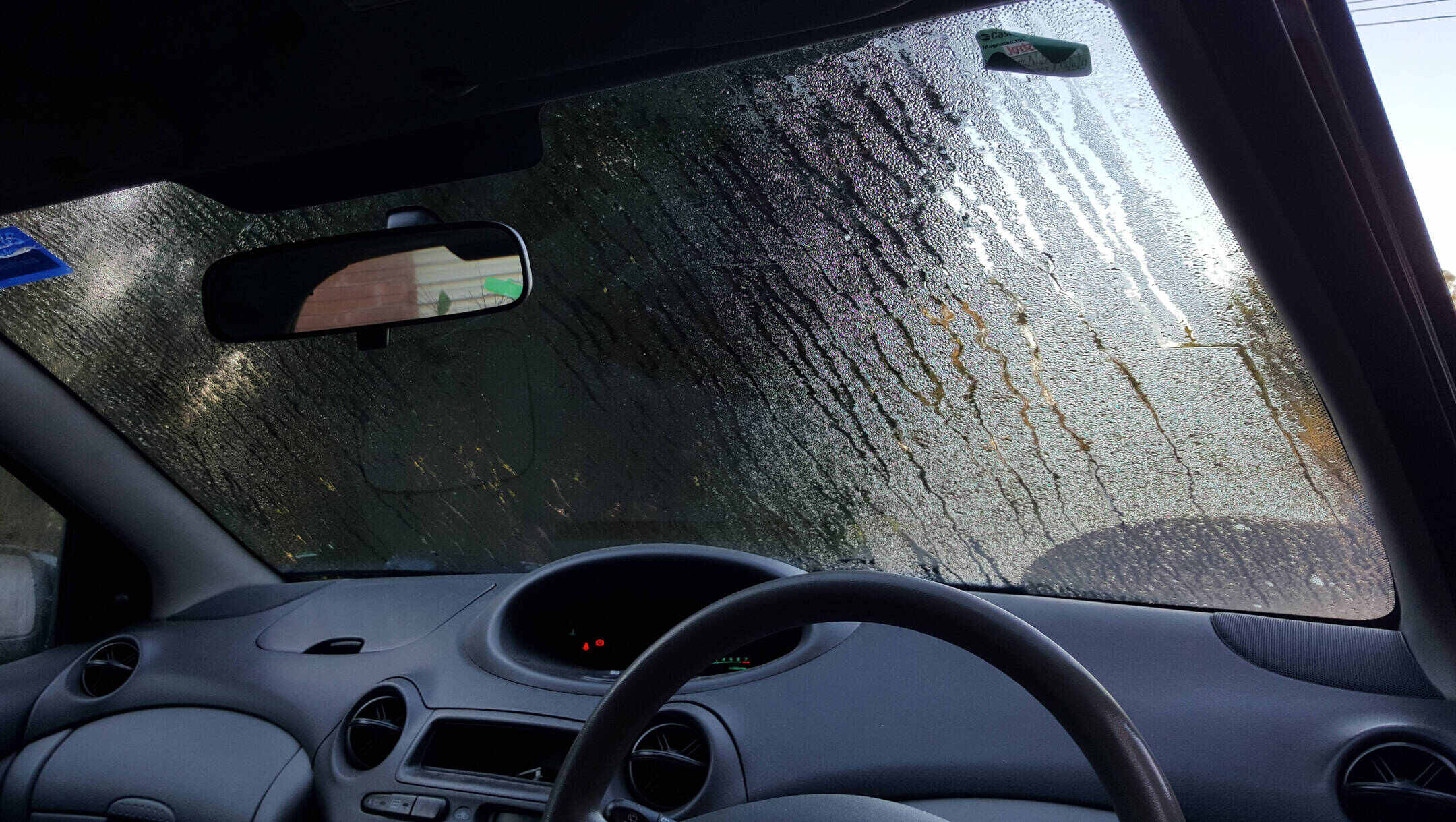
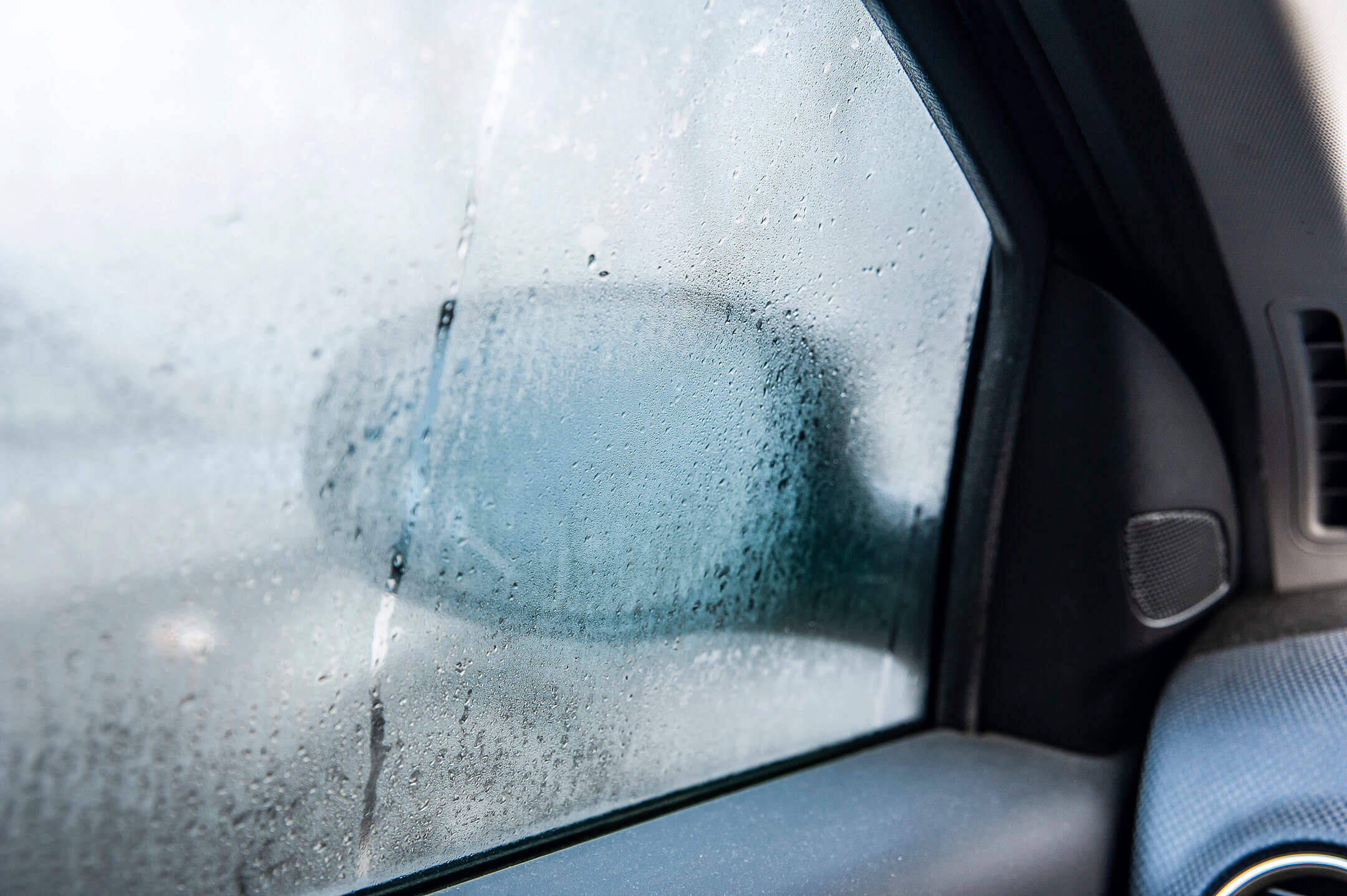
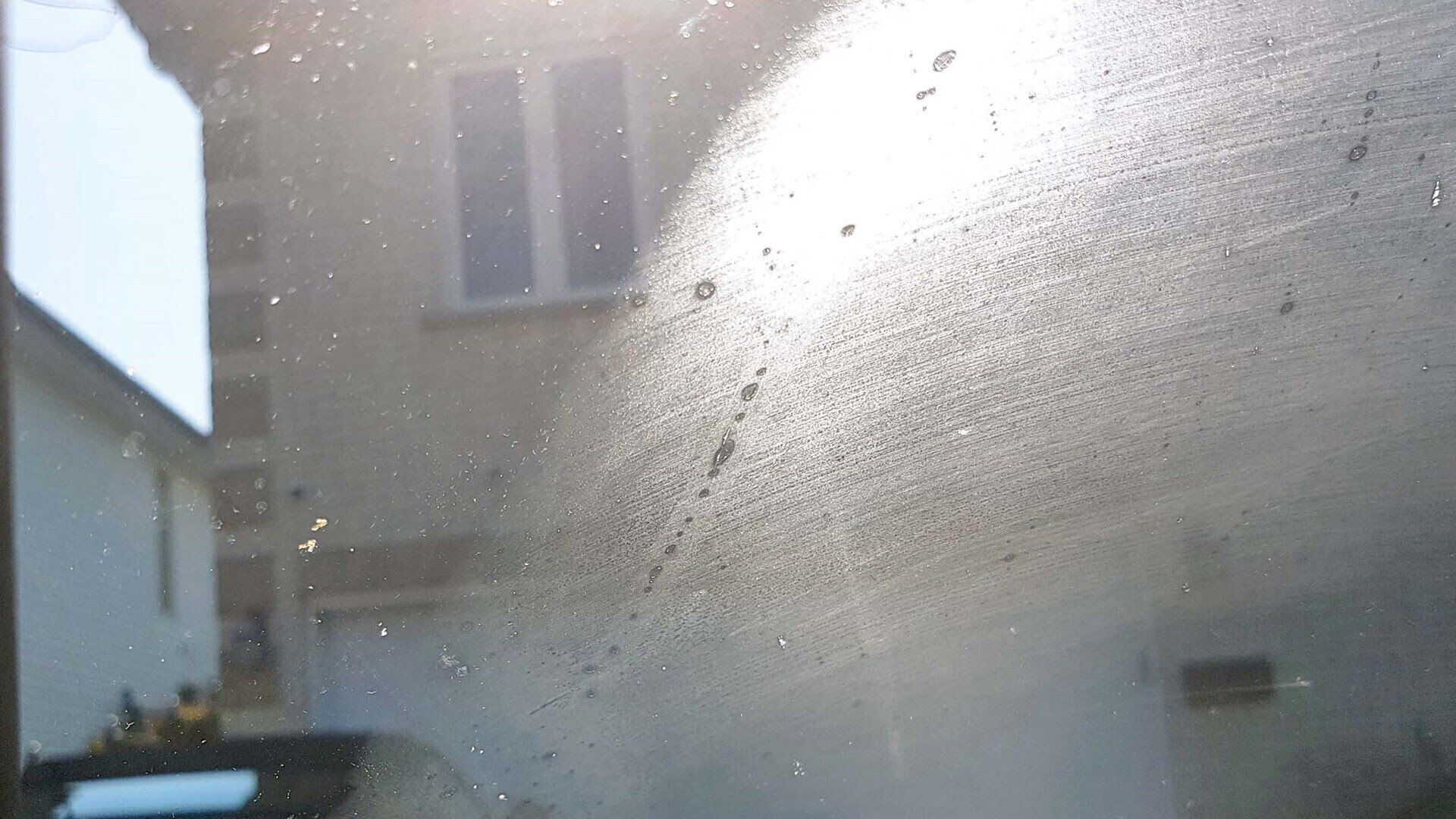
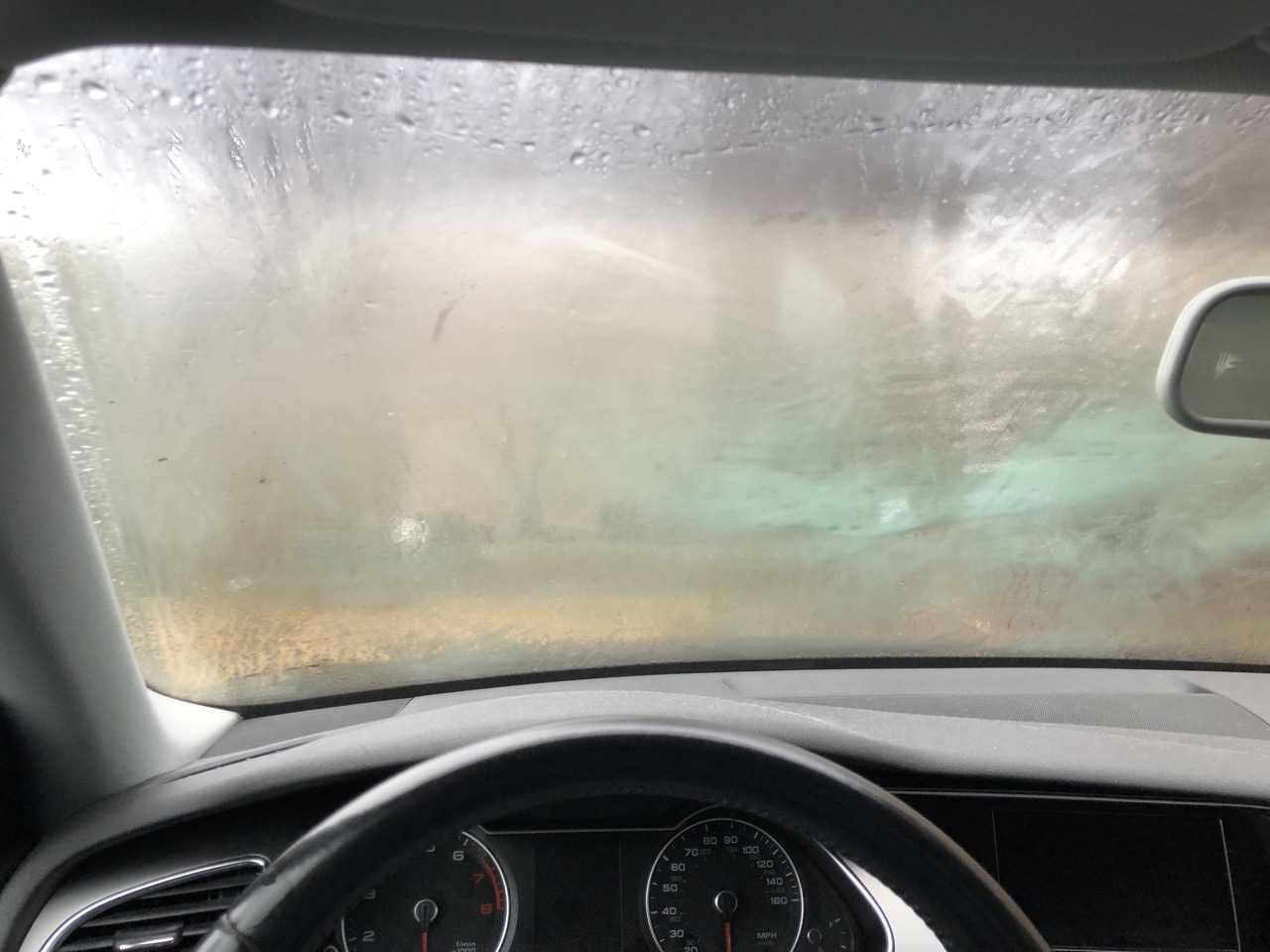

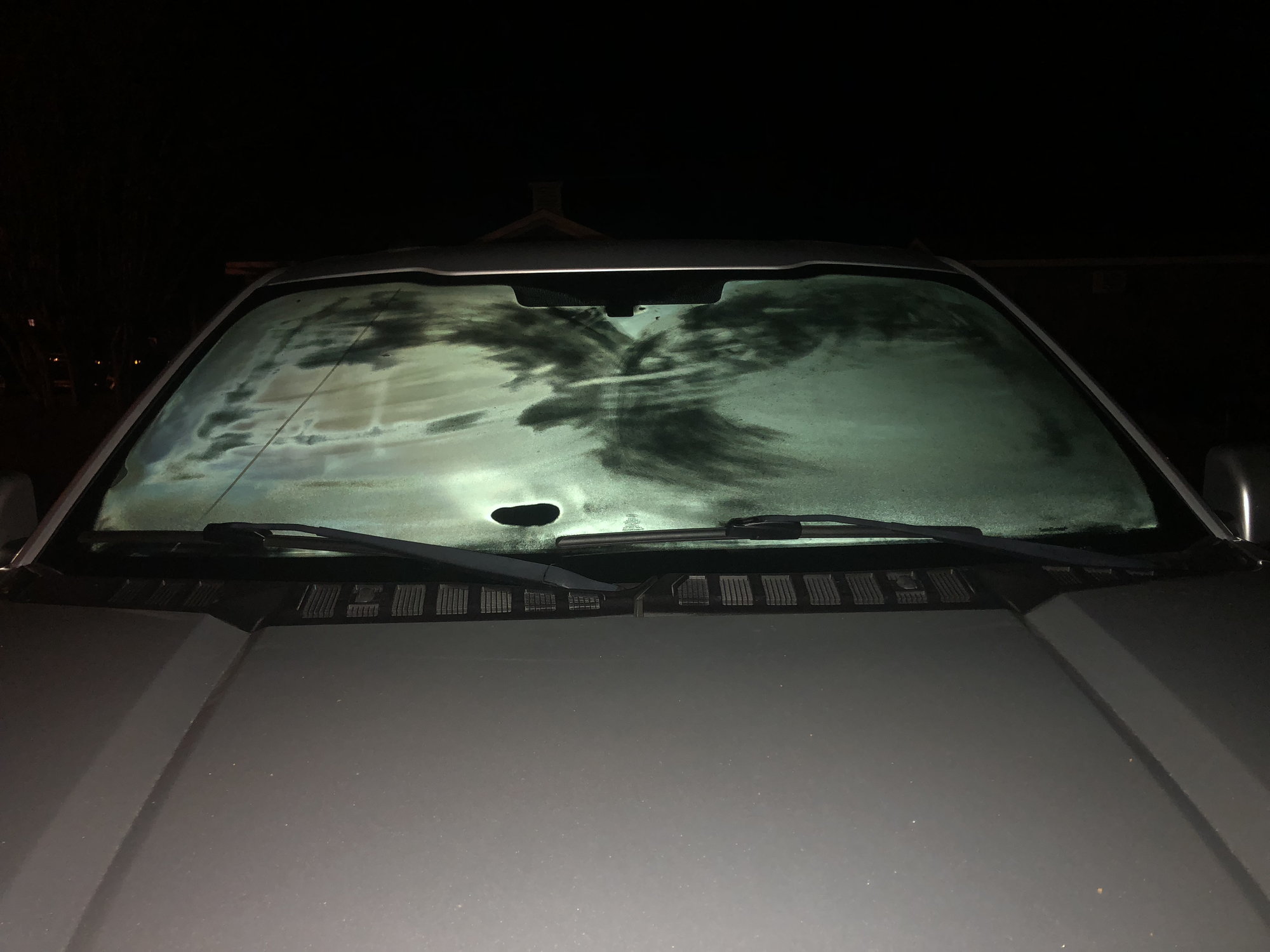


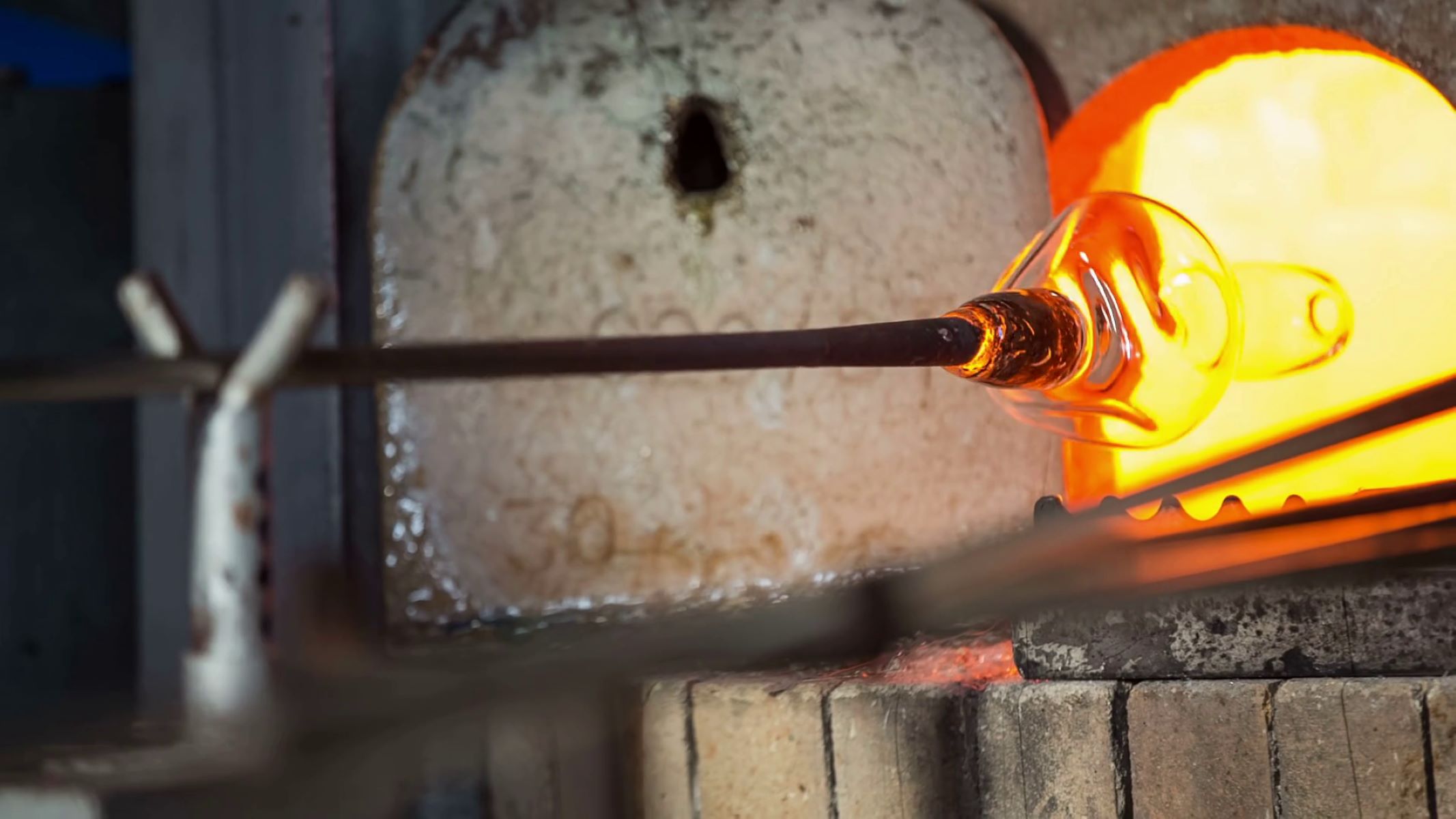

0 thoughts on “How To Fog Glass”